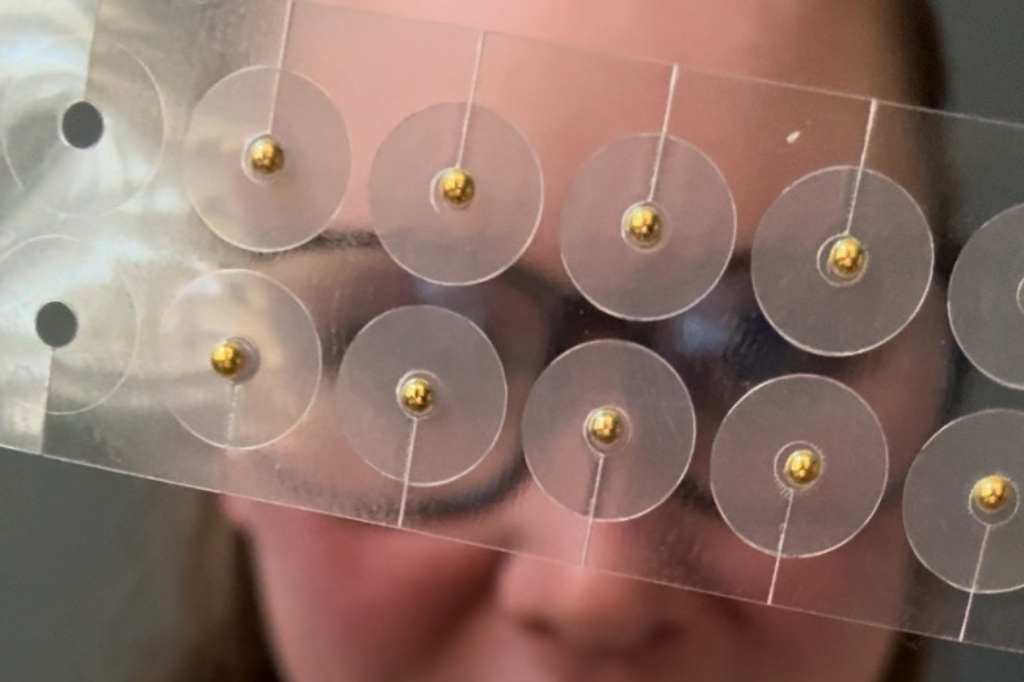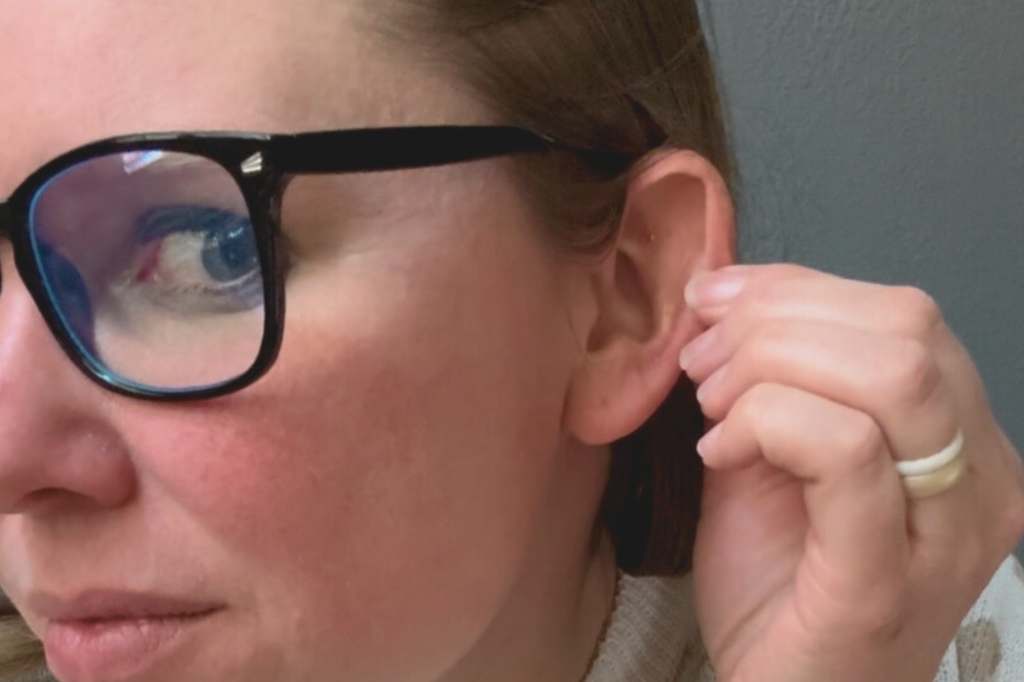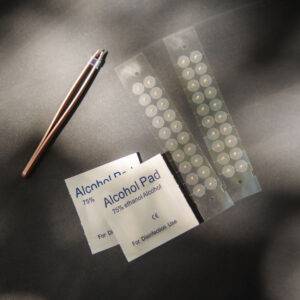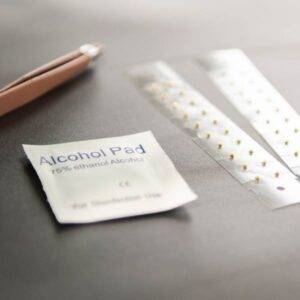Ear seeds are trendy right now for all the right reasons for being:
- Cost-effective
- Natural
- Backed by research
- Non-invasive
- Accessible
- Easy to apply (especially if you know where)
- Cute, even!
We could go on and on.
What’s so great about ear seeds is that their side effects are few and far between. At this point you might be thinking, “Sure, says the people who sell ear seeds for a living.” But researchers have actually analyzed several studies to be able to summarize that ear seeds side effects are typically mild, short-lived, and tolerable. On the risk-versus-reward scale, most people are willing to take their chances due to the seeds’ relatively low-risk-of-harm profile. After all, really good things could come from using ear seeds, as we’ve seen time and time again in the research.
Nevertheless, ear seeds’ sore, tender or painful sensations on your outer ear can happen from time to time. This article discusses possible reasons for extra ear seed tenderness, as well as what to do if your ear seeds are overly sore.
Acupressure is not acupuncture, but it can still cause soreness
The science behind ear seeds and auricular acupressure relies on the following:
- The proper stimulation and pressure…
- On the proper acupressure points…
- Relative to the symptom or condition you want to try to treat, or the body system that you want to try to support
Many people choose acupressure over acupuncture for acupressure’s non-invasiveness. The “puncture” part of the word in acupuncture can induce all sorts of anxiety and panic for those of us who hate or fear needles.
Just because you’re going with acupressure over acupressure, though, doesn’t mean you’re off the hook. Pressure can at times produce soreness, tenderness, and pain. (Have you ever had a cupping massage? Oof!)
Ear seeds sore? 6 possible reasons:
Your ear seeds sore? One or more of these situations could be happening:
- Application Technique: If the ear seeds are applied too firmly or incorrectly, they might cause discomfort or soreness. It’s important to follow proper application guidelines or seek guidance from a trained practitioner.
- Sensitivity: Maybe you have more sensitive skin or a lower tolerance for pressure on certain areas of the ear. This could lead to soreness if the pressure from the seeds is not well-tolerated.
- Allergic Reaction: Are you sensitive or allergic to the materials used in the ear seeds, such as adhesive tape or the metals? If so, this could lead to skin irritation and soreness.
- Pressure Duration: Prolonged pressure on a specific area, even if it’s light pressure, could potentially lead to soreness or discomfort. It’s important to follow recommended guidelines for how long to wear the ear seeds.
- Individual Variability: Every individual’s response to auriculotherapy can vary. What works well for one person might not work the same way for another. You might experience soreness, while others might not.
- It’s Working: Like it or not, we often find that the acupressure points that are sore are often directly related to whatever’s out of alignment in the body. We personally like to ride out the soreness as much as possible as long as we can rule out there’s no reaction to the ear seed materials. For us, 99% of the time the tenderness dissipates in a day or so. Always do what you believe is best for you, of course.
What to do if your ear seeds are sore
If you experience soreness after applying ear seeds, it’s a good idea to:
- Stop the Manual Stimulation: If you are manually stimulating your ears a few times a day by gently pressing on them, first assess how “gentle” you’re pressing; if you need to lighten up that press, do it. If you’re truly being gentle in your touch, then stop manually stimulating the seeded points altogether to see if the soreness goes away.
- Remove the Seeds: If the soreness is persistent or overly uncomfortable, consider removing the ear seeds for 24 hours and allowing your ears to rest.
- Consult a Practitioner: If you’re using ear seeds as a part of a therapeutic treatment plan, consult with a trained auriculotherapy practitioner. They can provide guidance on proper application techniques and offer insights if soreness occurs.
Remember that if you have any concerns about ear soreness or your overall health, please consult your healthcare professional. The information included in this article is intended purely for education and not as a tool for diagnosing or treating any conditions you may be experiencing.
A special note on ear seeds’ soreness in children
Some people choose to seed their kids’ ears to help with issues ranging from ADHD to depression to anxiety. Our belief until convicted otherwise is that ear seed soreness in children, especially children under the age of 12, mean the ear seeds come off.
We would rather be overly cautious with any pain and tenderness in children because we don’t know their pain levels, and it can be challenging for them to articulate or explain them. In addition, we believe in informed consent and bodily autonomy, so it’s important to remind ourselves that when it comes to a complementary tool like ear seeds, if they say something like, “No, this hurts,” it’s our responsibility as parents to listen and take them seriously.
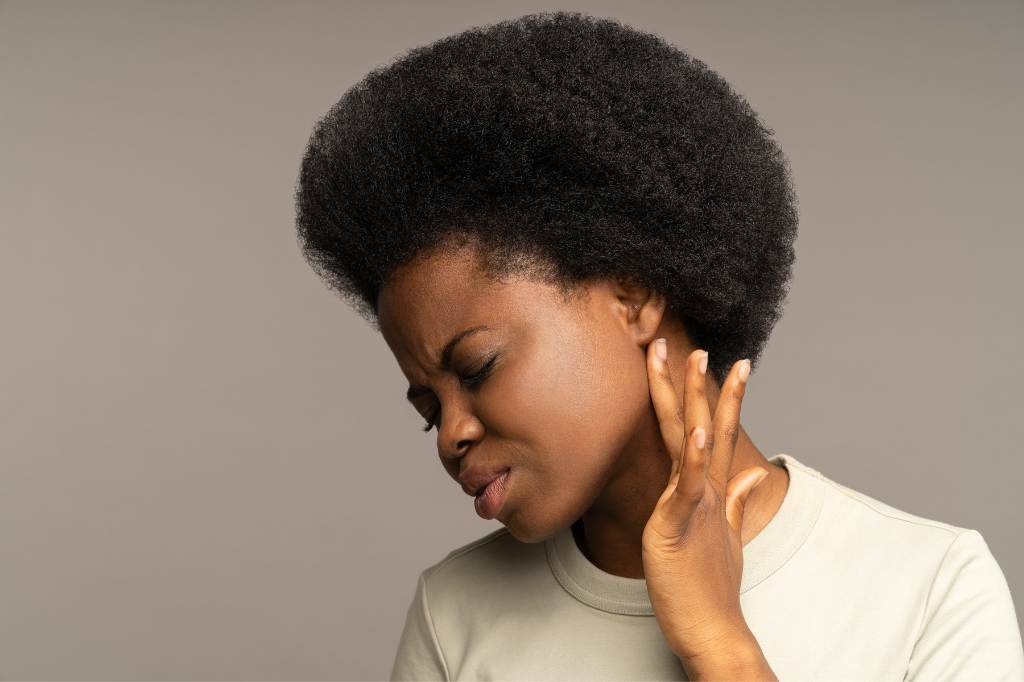
We hope that you now have a better understanding of why your ear seeds might be sore, and what to do if the soreness is intolerable or persistent. As much as people have questions about the negative effects of ear seeds and acupressure, keep in mind that, as we said previously, ear seeds side effects have been found in scientific literature to be three things:
- Mild
- Transient
- Tolerable
And with that, snag some ear seeds, book a virtual consult, and enjoy getting to experience all the awesome benefits of the ear seeds! Happy seeding!
References:
Tan, J. Y., Molassiotis, A., Wang, T., & Suen, L. K. (2014). Adverse events of auricular therapy: a systematic review. Evidence-based complementary and alternative medicine : eCAM, 2014, 506758. https://doi.org/10.1155/2014/506758

